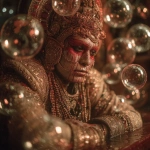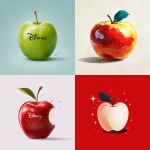Explore the Best AI Image Gallery
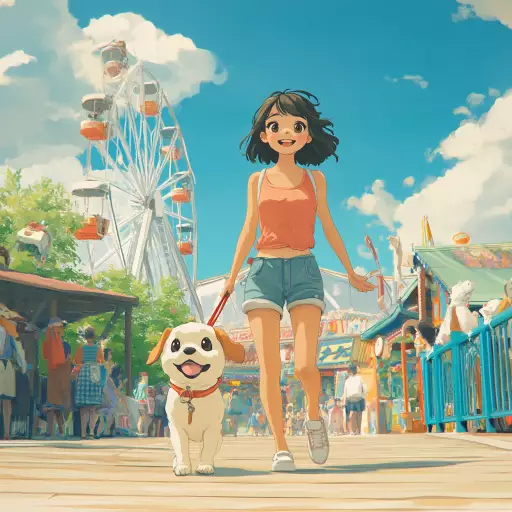
Beyond the Canvas: How AI-Powered Visual Experiences Are Transforming Creativity
The intersection of artificial intelligence (AI) and visual arts is rapidly evolving, giving birth to a new era of creative expression. AI-powered visual experiences are no longer confined to science fiction; they are transforming how we create, consume, and interact with art and design.
These immersive experiences leverage machine learning algorithms to generate stunning visuals, compose captivating soundscapes, and craft interactive narratives that blur the lines between reality and imagination. Artists, designers, and developers alike are harnessing the power of AI to explore uncharted creative territories, pushing the boundaries of whats possible.
Impact on the Creative Industry
The integration of AI into visual experiences is having a profound impact across various sectors of the creative industry:
- Art and Design: AI algorithms can assist artists in generating unique artwork, exploring new styles, and automating repetitive tasks. This allows for greater experimentation and frees up time for conceptual development.
- Film and Animation: AI can be used to create realistic character animations, generate dynamic backgrounds, and even write scripts based on pre-existing narratives. This streamlines the filmmaking process and opens up possibilities for innovative storytelling.
- Advertising and Marketing: Personalized visual content generated by AI can enhance marketing campaigns, tailoring messages to specific audiences and creating more engaging experiences.
- Gaming: AI can power non-player characters (NPCs) with realistic behaviors, create procedurally generated game environments, and personalize gameplay based on player choices.
Potential Uses of AI-Driven Visual Experiences
The applications of AI-powered visual experiences are virtually limitless:
- Interactive Art Installations: Imagine art exhibits that respond to viewer presence, generating dynamic visuals and soundscapes in real time.
- Personalized Storytelling: AI could create unique narratives tailored to individual preferences, immersing users in interactive stories where their choices shape the outcome.
- Virtual Reality (VR) and Augmented Reality (AR): AI can enhance VR and AR experiences by generating realistic environments, creating believable avatars, and enabling seamless interactions with virtual objects.
- Education and Training: Immersive simulations powered by AI can provide engaging and interactive learning experiences, allowing users to explore complex concepts in a hands-on manner.
Ethical Considerations
As with any powerful technology, the development and deployment of AI-driven visual experiences raise important ethical considerations:
- Bias and Fairness: AI algorithms can inherit biases from the data they are trained on, potentially leading to discriminatory or unfair outcomes in visual content generation.
- Job Displacement: Automation of creative tasks by AI could lead to job losses in certain sectors of the creative industry.
- Misinformation and Deepfakes: The ability to create highly realistic synthetic media raises concerns about the spread of misinformation and the erosion of trust in visual information.
- Privacy and Data Security: AI-powered systems often collect and process vast amounts of user data, raising concerns about privacy violations and data security.
Future Trends
The field of AI-driven visual experiences is rapidly evolving, with several exciting trends shaping its future:
- Increased Personalization: AI will enable even more personalized visual experiences, tailoring content to individual preferences and creating unique interactions for each user.
- Enhanced Creativity Tools: AI will become increasingly integrated into creative workflows, empowering artists and designers with new tools to explore their ideas and bring their visions to life.
- Democratization of Creativity: AI-powered platforms will make it easier for anyone to create and share visual content, regardless of their technical expertise.
- Ethical Frameworks and Regulations: As AI becomes more sophisticated, there will be a growing need for ethical guidelines and regulations to ensure responsible development and deployment.
The convergence of AI and visual experiences is ushering in a new era of creativity, innovation, and artistic expression. While challenges remain, the potential benefits are vast, promising to transform how we create, interact with, and experience the world around us.


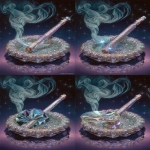
](https://images.ai-img.art/thumbnails/150/269414b0e541026702e9e67c67602c96162f37ff460a388b3b36314c8fc936dd.webp)





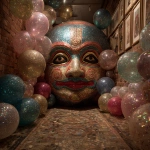
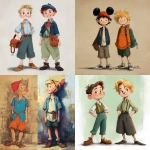
](https://images.ai-img.art/thumbnails/150/3020b8c2b6d9be07e042357107af1de10deb274a41d2b0f332684ad4b532a702.webp)



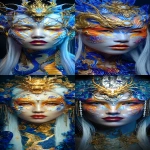


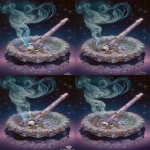




](https://images.ai-img.art/thumbnails/150/8d1fe5a7a49cfc96747182431a853357913286d89258383caab2d3b4681afcb5.webp)



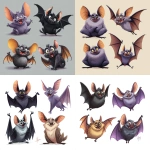

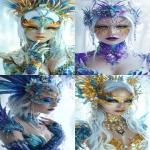

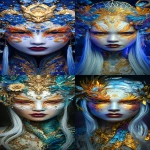
](https://images.ai-img.art/thumbnails/150/485c8b1c747827bdc9a962f8a1919b3c259b18dd263b260208a1eae19fb85e07.webp)





](https://images.ai-img.art/thumbnails/150/2fbd98ecfc425cfc1597779121e1c0305437067779e9c471eb64ff9615d5be98.webp)



](https://images.ai-img.art/thumbnails/150/5197af8969d850e2a43e141d41e482ccbceedebceb2a4caf9f098f943f9d1b0f.webp)




